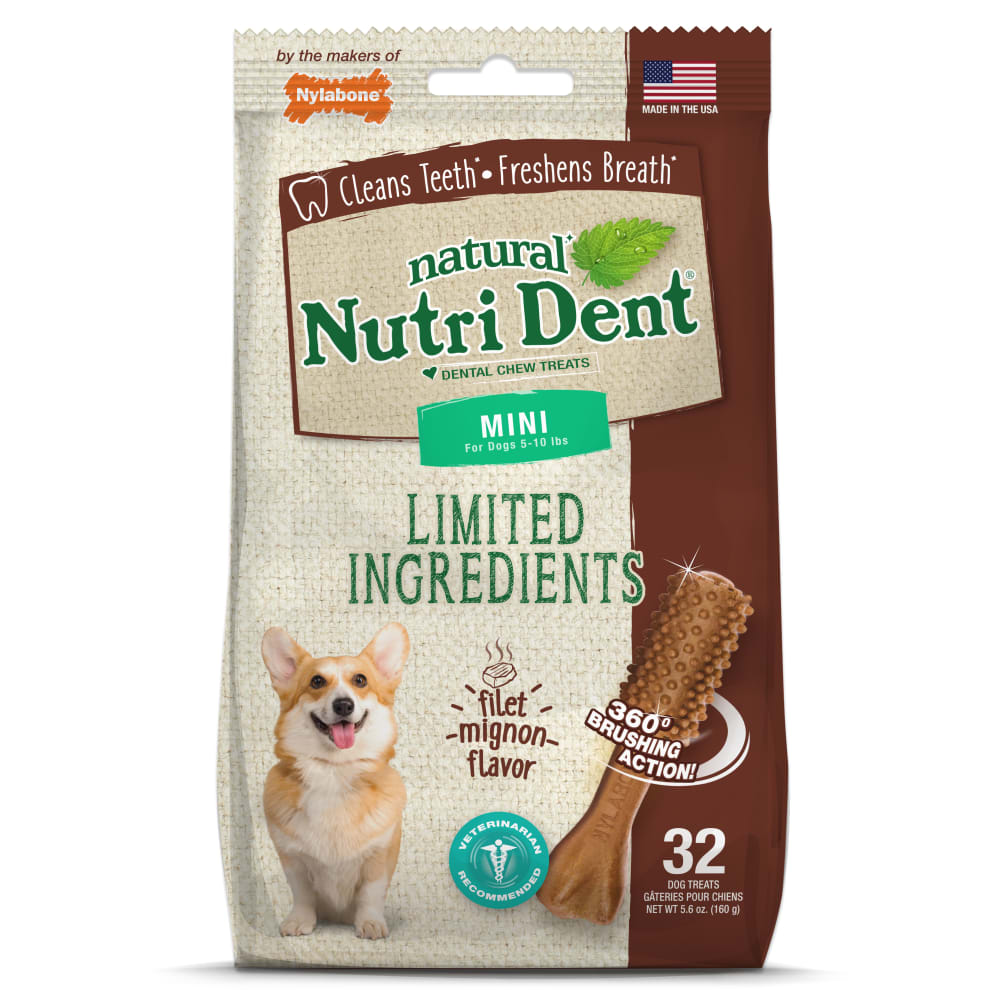Infographic: 10 of the World’s Oldest Dog Breeds
Dogs and humans go way back! In fact, our relationship is older than civilization itself. The first canines were domesticated between 14,000 and 29,000 years ago, according to Britannica, pre-dating the earliest known societies and written languages. Thousands of years later, some of the world’s oldest dog breeds continue to thrive by our side. Learn more about these ancient furry friends!

Saluki
Regarded for their superb sight and speed throughout history, Salukis may be the oldest dog breed to be domesticated. Egyptian pharaohs cherished these slim, long-legged pups thousands of years ago and some were even mummified alongside their royal admirers. Ancient Arabs also held Salukis in high esteem, recruiting them to hunt gazelles and other speedy animals.
Salukis have largely maintained their physical characteristics throughout the ages, wowing onlookers with their athletic build and graceful appearance. As a bonus, they’re known for having very little “doggy odor” and only need an occasional dog bath.
Basenji
The fun and fit Basenji has long been adored in many cultures…and it shows! Artifacts and artwork from ancient Egypt, Babylon, and Mesopotamia feature dogs that closely resemble these pooches, depicting their regal posture. People living in and near what is now the Democratic Republic of the Congo trained them as hunters. Due to a lack of crossbreeding in those mostly isolated locations, present-day Basenjis look quite similar to these canine ancestors.
Basenjis’ short coats and low odor make them an easy-maintenance dog breed, although they will need a few hours of daily playtime to feel their best. They are also a “barkless” dog breed and instead make a yodel-like sound. (And yes, there are plenty of online videos of Basenjis making these absolutely adorable noises.)
Akita Inu
These faithful dogs are named for Japan’s Akita prefecture, where they likely originated. The Japanese ruling class kept Akita Inus as guard dogs, and these pups have also been used to hunt boar and deer throughout history.
It wasn’t until the twentieth century that they were introduced in the United States, when the Japanese government gifted an Akita named Kamikaze-Go to disability rights advocate Helen Keller in 1937, according to Psychology Today. Keller admired “Kami” and his keen sensitivity to her emotions.
Brave, caring, and dignified all describe the Akita. They also tend to be stubborn, and they may get protective of family members when they’re around strangers. Some puppy socialization may help them grow comfortable and friendly around new people.
Greyhound
Ancient Egyptians, Greeks, and Romans all enjoyed having Greyhounds by their side! As the world’s fastest dogs, it’s no surprise Greyhounds were employed to chase down hares and other small mammals. These dogs were developed and refined in Great Britain many years later, where they became a favorite among royalty and the upper class.
Greyhounds are renowned for their sleek bodies, friendly behavior, and of course, their speed. Although they can reach a top speed of 45 miles per hour, according to Reader’s Digest, Greyhounds are surprisingly laidback pups. All they need is a daily walk and perhaps a few minutes of sprinting to stay fit.
Maltese
The Maltese sailed the Mediterranean Sea alongside mariners for thousands of years, although their exact origin is shrouded in mystery. They’re named for Malta, a small Mediterranean island that has served as a major trade center for sailors since 1500 B.C. Many ancient empires—from the Phoenician coasts of Syria to the hills of Rome—delivered goods to Malta, and it’s possible the Maltese dog made its way to the island from one of these distant lands.
They may be a small dog breed, but Maltese pups have huge personalities! These dogs enjoy lots of playtime and get along well with children and adults alike. They’re also highly trainable and eager to show off new tricks!
Xoloitzcuintli
Pronounced “show-low-eats-queen-tlee” or simply “show-low,” the Xoloitzcuintli is one of the most ancient dog breeds in the Western Hemisphere. According to National Geographic, its name is derived from two Aztec words: Xolotl (the god of lightning and death) and itzcuintli (dog). The Aztecs believed the Dog of Xolotl guided the souls of the deceased through the underworld, therefore making the Xolo dog a prized animal.
It’s easy to see why the Aztecs appreciated the Xolo’s protective qualities, as they make excellent watchdogs and stay loyal to their favorite people. Xolos are also hairless, making them a great pet for allergy sufferers.
Afghan Hound
Hailing from Afghanistan (you guessed it!), the Afghan Hound has been lauded for its silky coat for 3,000 years. Although not quite as fast as the Greyhound, these dogs were quick enough to fulfill their original purpose: catching gazelles and leopards. Their tall, wide bodies helped them adapt to Afghanistan’s rugged terrain and accompany hunters wherever they needed to go.
Today, you’re much more likely to find an Afghan Hound at a dog show than hunting a big cat. An arched body and elegant snout complement their majestic coat, making them one of the most visually unique breeds in existence. Although Afghan Hounds tend to be independent, they’re also affectionate and sensitive toward their pet parents.
Chow Chow
Artifacts featuring the Chow Chow have been traced back to China’s Han Dynasty around 200 B.C. This ancient dog breed served a wide variety of roles, ranging from royal companion dogs to hunters and guarders. Chows were so popular, an emperor of the Tang Dynasty was said to have more than 5,000 of them, according to Mental Floss.
Chows have a lion’s-mane ruff that encircles their head and shoulders, reflecting their aristocratic heritage. They can be easily trained, although they’re aloof and would prefer a brisk walk to an afternoon of intense exercise. For those days you just want to hang out and watch TV, Chows make great couch-surfing champions!
Peruvian Inca Orchid
While the Peruvian Inca Orchid might not ring a bell to you, this breed was the Inca Empire’s pride and joy! These pups were featured on pottery as early as 750 A.D. and were considered good luck. In fact, the Chimu people of South America believed this breed’s warmth could treat arthritis and respiratory conditions, according to the American Kennel Club.
Peruvian Inca Orchids are another hairless dog breed, slightly resembling the Xolo. However, they are a bit more agile and may be more cheerful than their Mexican-born counterparts. You can also find Peruvian Inca Orchids in several sizes ranging from 9 pounds to more than 55 pounds!
Borzoi
Hundreds of years ago, wolf hunting was a cherished sport among Russian nobility. The Borzoi’s excellent sight and toughness fit the bill to capture wolves, inspiring their original breed name: the Russian Wolfhound.
In addition to being one of the oldest dog breeds in Europe, Borzois are also some of the most athletic dogs you’ll find. They require lots of physical and mental stimulation, and many will chase down small animals if not properly leashed. You can recognize a Borzoi by its long snout and smooth, silky coat.
The Age-Old Friendship Lives On
The next time you watch your pooch chase their tail or adorably tilt their head, just remember that people have been enjoying these antics for generations! Whether we’re hunting together or playing in the yard, these ancient dog breeds have remained happy to join us for the adventure.
The Hound Group contains some of the most treasured furry friends on the planet. Check out these amazing hound dog breeds!
FOLLOW US!






